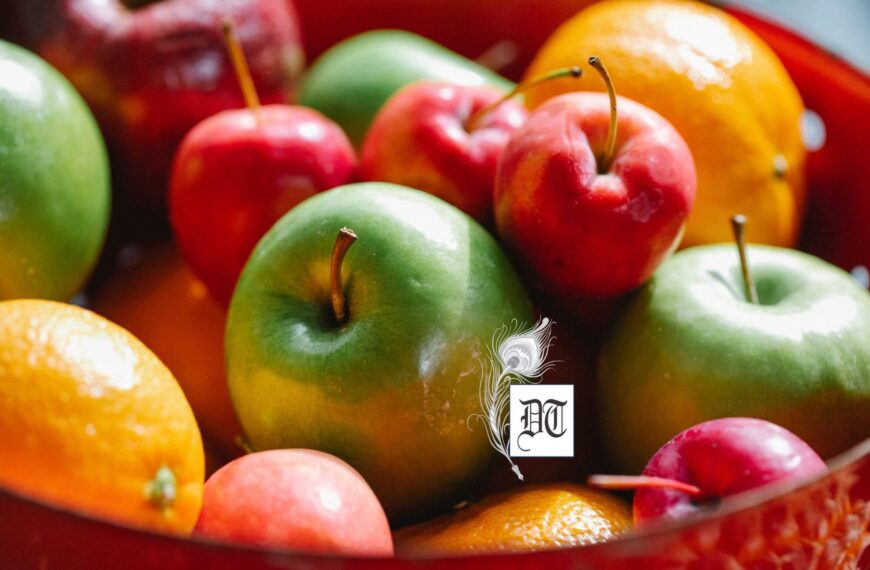Navodita tells us that supine poses are done in a relaxed manner. Two asanas help us energise, improve concentration and focus. These are Salamba Sirsa Asana, a head stand pose with the help of support against a wall, and Urdhva Danda Asana is known as the king of all asanas. The word bhajan means sharing. Constantly share all that you have with the trees, the mountains, the sky, with people, with animals. Sharing your life is bhajan. Predominant of all this is the Grace of the Master, of the Guru, even that you can only get when you have some Divine Grace. Here are the secrets of holistic health, in the weekly column, exclusively for Different Truths.
Supine poses are generally done in a very relaxed manner. Each pose is done by lying down on your back, massaging your lower back and rubbing your shoulders and upper back against the floor. Sarvanga Asana is one such pose, which does wonders for every part of the body. Sirsa Asana, too, energises the Self with good concentration and focus. Here’s how to do these poses:
Salamba Sirsa Asana
Salamba means with support. Sirsa means the head. This is the head stand pose, one of the most important Yogic asanas. Its mastery gives you balance, poise, both physically and mentally. Here the details are given for a first-time practitioner and beginner. This asana may be done by placing a folded blanket or mat against a wall. Kneel near the blanket. Rest the forearms on the centre of the blanket. While doing so take care that the distance between the elbows on the floor is not wider than the shoulders. Interlock the fingers right upto the finger-tips so that the palms form a cup. Place the sides of the palms near the little fingers on the blanket. While going up on your head or balancing, the fingers should be kept tightly locked. If they are left loose, the weight of the body falls on them and the arms ache. So remember to lock them well. Rest the crown of the head only on the blanket so that the back of the head touches the palms which are cupped. Do not rest the forehead nor the back but only the crown of the head on the blanket. In order to do this, move the knees towards the head. Raise the knees from the floor by moving the toes closer to the head. Exhale, take a gentle push and a swing from the floor and stand on the head keeping the whole body perpendicular to the floor.
While practicing against a wall, the distance between it and the head should not be more than two or three inches. While doing the head stand against a wall, the beginner should exhale, swing the legs up, support the hips against the side of the wall and move the feet up. You should then stretch the back vertically up, gradually leave the support of the wall and learn to master the balance. Once balance is secured, it is advisable to come down to the floor with the legs straight and with a backward action of the hips. The best way to overcome fear of a fall is to face the situation with equanimity if you are afraid of it. There is a variation in this pose, Urdhva Danda Asana.
Urdhva Danda Asana
After securing the head position, stretch the legs straight by raising the knees from the floor. Move the toes nearer to the head and try to press the heels to the floor, keeping the back erect. Raise the heels and take the toes off the floor with a backward movement of the hips. Raise both legs simultaneously keeping them poker stiff. Again move the legs up until they are parallel to the floor. This position is called Urdhva Danda Asana.
The ancient books have called this asana the ‘king of all asanas’. When we are born, normally the head comes out first and then the limbs. The skull encases the brain, which controls the nervous system and the organs of sense. The brain is the seat of intelligence, knowledge, discrimination, wisdom and power. Regular practice makes healthy pure blood flow through the brain cells. This rejuvenates them so that thinking power increases and thoughts become clearer.
It ensures proper blood supply to pituitary and pineal glands in the brain. Our growth, health. and  vitality depend on the proper functioning of these two glands. People suffering from loss of sleep, memory and vitality have recovered by its regular practice. Regular practice of this asana shows improvement in hemoglobin content of the blood. Coupled with Sarvanga Asana, it can do wonders for stomach ailments, particularly constipation. Regular practice also develops the body, disciplines the mind and widens the horizons of the spirit.
vitality depend on the proper functioning of these two glands. People suffering from loss of sleep, memory and vitality have recovered by its regular practice. Regular practice of this asana shows improvement in hemoglobin content of the blood. Coupled with Sarvanga Asana, it can do wonders for stomach ailments, particularly constipation. Regular practice also develops the body, disciplines the mind and widens the horizons of the spirit.
While you do these poses to get some poise and good health, here are some pointers for the mind and relationships. Dwell on these to improve and never give up on yourself:
Knowledge alone is not enough. Having knowledge is not sufficient. Love is needed. Knowledge is reading the menu card, love is experiencing it. Those who are desirous of liberation or freedom should only go for Divine Love. Have Knowledge but immerse in Love.
The word bhajan means sharing. Constantly share all that you have with the trees, the mountains, the sky, with people, with animals. Sharing your life is bhajan. Predominant of all this is the Grace of the Master, of the Guru, even that you can only get when you have some Divine Grace. Shun bad company. The company which fuels negativity is bad company. Those people who make your negative feelings and frustrations grow more and more is bad company. You need the skill to put down their negativity. Bad company brings ambition, desire, frustration, anger, and delusion. Good company is that which cheers and elevates you, which brings a pleasant attitude and feeling.
©Navodita Pande
Photos from the Net.
#HolisticHealth #Yoga #Asana #Bhajan #Rejuvenate #SalambaSirsaAsana #UrdhvaDandaAsana #SarvangaAsana #Bloodflow






 By
By
 By
By

 By
By